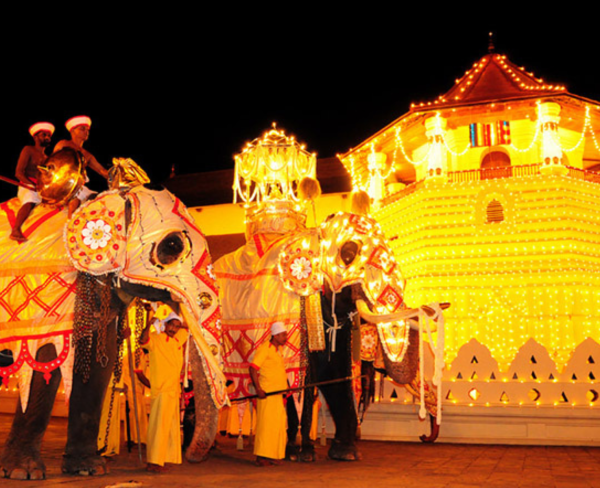Sri Lankan culture is a tapestry woven with threads of diversity and history. Influenced by Buddhism, Hinduism, Islam, and Christianity, it forms a harmonious blend of traditions. The country’s festivals, such as Sinhala and Tamil New Year, infuse life with color and meaning. From the tantalizing aroma of spices in its cuisine to the intricate craftsmanship displayed in art and architecture, Sri Lanka’s cultural identity is a celebration of unity amidst its varied ethnic groups. This rich heritage fosters a sense of togetherness and pride, embodying the essence of a dynamic and inclusive society.








